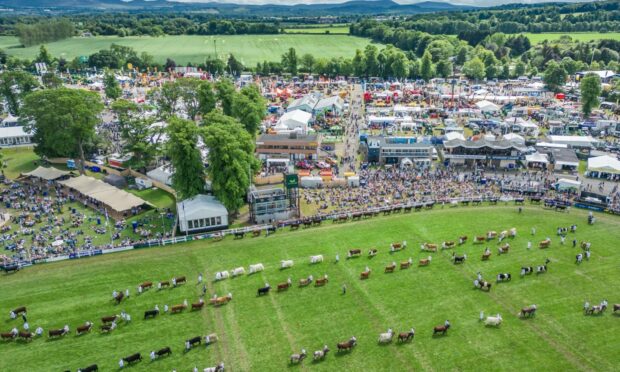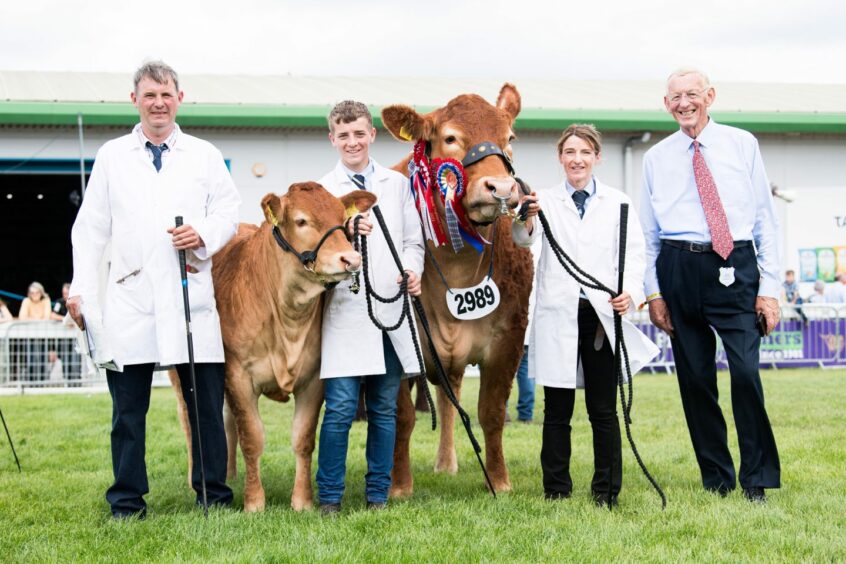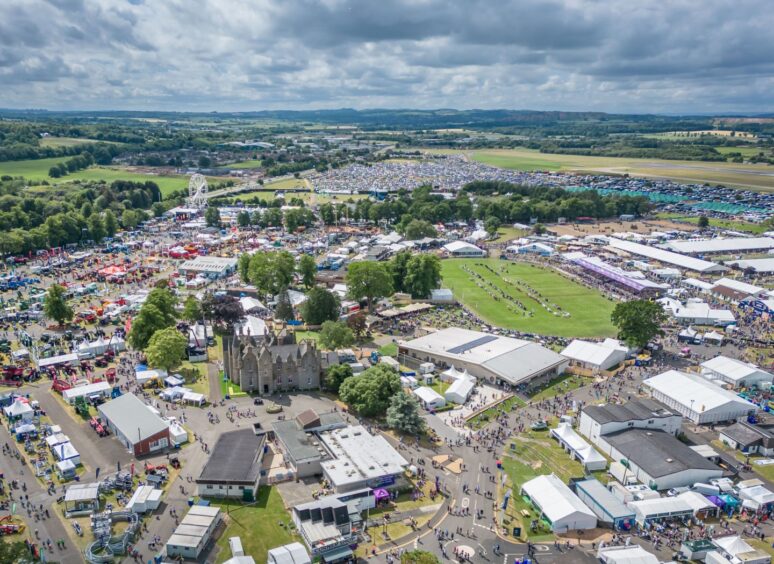It’s hard to believe that this time next week the Highland show will be well into its four-day run.
While the show always seems to sneak up on us and tries to take us by surprise, the late spring which shoe-horned work into an amazingly tight spell seems to have made it even more so this year.
The event, of course, is always one of the markers in the farming year.
Progress is often judged by how far on things are at the time of the show – whether silage is finished, whether spraying is up to date and just how well the stock at home is looking.
More importantly, how well they compare with the cream of the crop entered into the Highland’s many show rings.
While Christmas and New Year are the festive markers of the end of the year, the Highland seems to play the same role in marking the middle of the period, carrying its own festive feeling and a similar tradition of catching up with old friends.
Of course this year auld acquaintances might not be the only ones vying for your attention at the show – with the General Election following only a matter of days afterwards, those canvassing for votes might be hard to avoid.
But while hands might be shaken and promises made, these will be in stark contrast to the genuine greetings you’ll get from friends and neighbours enjoying a day out.
I’ve always felt that the rosettes and ribbons at the show should be confined to the stock lines rather than the brazen expression of party political colours.
The vast majority of show-goers are there to escape not only the everyday grind but also the constant barrage of political spin and hype.
That said, though, in recent years there’s probably been more than enough internal politics from the industry and the show itself on display in the run up to the event.
For some serious losses have been posted in the Royal Highland and Agricultural Society of Scotland’s (RHASS) annual accounts in recent years.
Despite a call to members to dig deep for contributions to bolster funding shortfalls after Covid restrictions saw two shows effectively cancelled, grass root members have seen little sign of any belt-tightening by the organisers.
And although the cost-of-living crisis and rocketing interest rates played a role in the £3.6 million shortfall reported to lie in the most recent set of accounts – on top of the previous year’s deficit of £1.2 million – these losses have been causing almost as much of a stir as the new buy-in-advance ticketing system.
This is a favourite grumble of the many farmers who can’t plan more than a few days ahead because their lives are ruled by the weather.
But gripes there have been plenty, ranging from the cost of admission and car parking – and that of a pint and a burger – via the oft-expressed opinion that its becoming too focused on “townie” visitors to the cost of the new pavilion opened a couple of years back.
In truth, complaints about the show are nothing new- and whether there are more these days or whether social media gives more outlets for these to be voiced remains a moot point.
So the future direction of the show is a difficult call for the show directors – do they continue to back the current management’s team approach of pushing forward and modernising Ingliston’s repertoire to attract more visitors– or, as has been suggested, cut spending and go for a “back to basics” approach?
Both these strategies have their issues – for while the Highland has always been, at its heart, for the farming community, in recent times building better links with the general public has become an increasingly important role played by the show.
One thing remains certain though – the show must go on!


